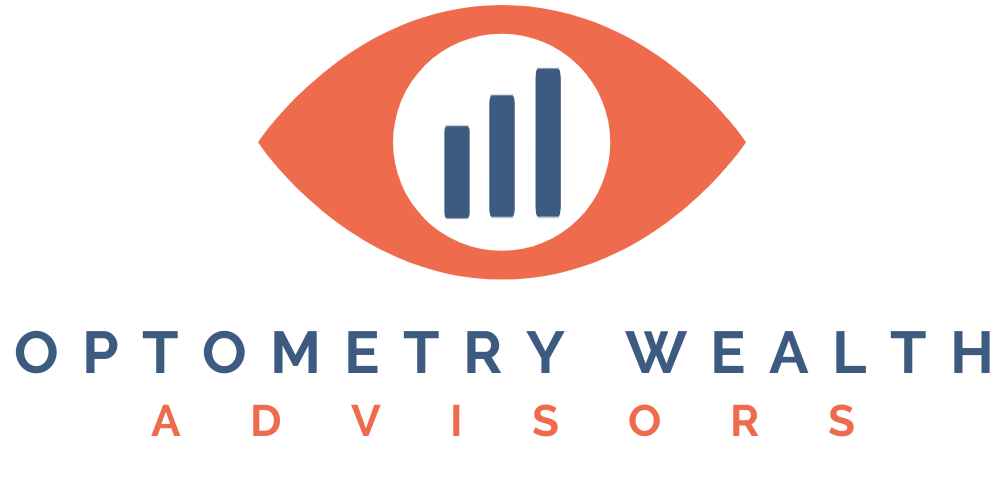1. Traditional and Roth IRA Contributions
Deadline: Contributions can be made for 2021 to both Traditional and Roth IRAs by April’s tax filing deadline (no extensions).
You can make up to a max $6,000 contribution ($7,000 if age 50+) to the pre-tax Traditional or the after-tax Roth for the year. While Roth IRAs don’t technically help you this tax season, they can be a huge help with tax planning in retirement. Good tax planning is a lifelong endeavor, after all.
There are some limitations here for optometrists. The deduction of the Traditional IRA contribution may be limited. If you or your spouse are covered by a workplace retirement plan, your ability to deduct starts to phase out once your modified adjusted gross income (MAGI) hits $105,000 and is gone completely at $125,000 ($66k-76k for single).
For Roth IRAs – it’s possible you make too much to contribute. There are income limits for making contributions directly to Roth IRAs.
If you’re married and your MAGI is over $198,000, the amount you can contribute is reduced. At $208,000, you’re phased out completely ($125k – $140k for single).
Which leads to….
2. Backdoor Roth IRA Contributions
3. Health Savings Accounts (HSA) Contributions
4. SEP-IRA Contributions
5. Solo and Traditional 401(k) Profit Sharing
Honorable Mention
- Itemizing Deductions – The 2021 standard deduction is $25,100 for joint filers and $12,550 for single. It’s likely you take the standard deduction on your tax return, but if you are self-employed, own a home, made large donations to charity or had unusually high medical expenses, you may have enough expenses stacked up save more money by itemizing deductions.
- Home Office deduction – In the world of virtual work, it’s quite possible you worked at home this year. If you used a space at home exclusively for work, you might be able to take home office deductions for your practice. Chat with your tax pro to see if this makes sense.



 Optometry Wealth Advisors LLC
Optometry Wealth Advisors LLC Optometry Wealth Advisors LLC
Optometry Wealth Advisors LLC Optometry Wealth Advisors LLC
Optometry Wealth Advisors LLC

 Optometry Wealth Advisors LLC
Optometry Wealth Advisors LLC